San’in: A Region Crafted by Myths and Nature
The San’in region, encompassing Tottori and Shimane along the western coastline of Honshu, offers a rare glimpse into Japan’s deep cultural roots and the enduring relationship between nature and myth. These two prefectures are where history, folklore, and the outdoors intertwine to create a unique experience for visitors. These two prefectures are where history, folklore, and the outdoors intertwine to create a unique experience for visitors.
In Shimane, the famed Izumo Taisha Shrine stands as a central figure, deeply tied to Japan’s creation stories. This ancient shrine is one of Japan’s oldest, and is dedicated to Okuninushi, the deity of marriage and relationships. At the shrine, traditional rituals such as kagura (dance to entertain the gods) continue to be practiced, connecting past and present in an uninterrupted flow.
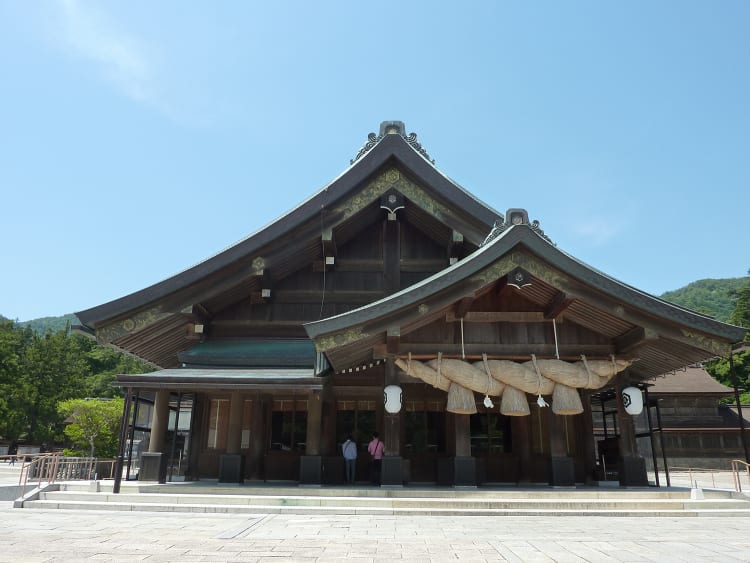
Izumo Taisha Shrine
Tottori offers an equally rich blend of nature and history for visitors to appreciate. Famous for its dramatic sand dunes along the coast of the Sea of Japan, the landscape here provides a striking contrast to the greenery elsewhere in the region. Another of Tottori’s natural wonders is Mt. Daisen, a sacred site long revered in Japan’s Shugendo (mountain asceticism) tradition, and a center of worship since ancient times. Once off-limits to the general public, the mountain’s trails, temples, and breathtaking views now invite both spiritual seekers and outdoor enthusiasts alike.
The region’s natural elements—fire, water, wood, and earth—have profoundly shaped the craftsmanship of the area. Ancient techniques such as the tatara process, used in iron-making, are deeply tied to the land’s rich resources, and the same elements influence delicate folk crafts like ceramics. The use of local materials in these crafts highlights the harmony between nature and human creativity, offering visitors an opportunity to engage with Japan’s traditional artistry in its most authentic form.
The San’in region represents a Japan that is still deeply connected to ancient myths and traditions. Visitors to this region will find an untouched natural environment, fresh, seasonal cuisine, and a chance to experience local rituals, sacred sites, and stories that have shaped the culture for generations.
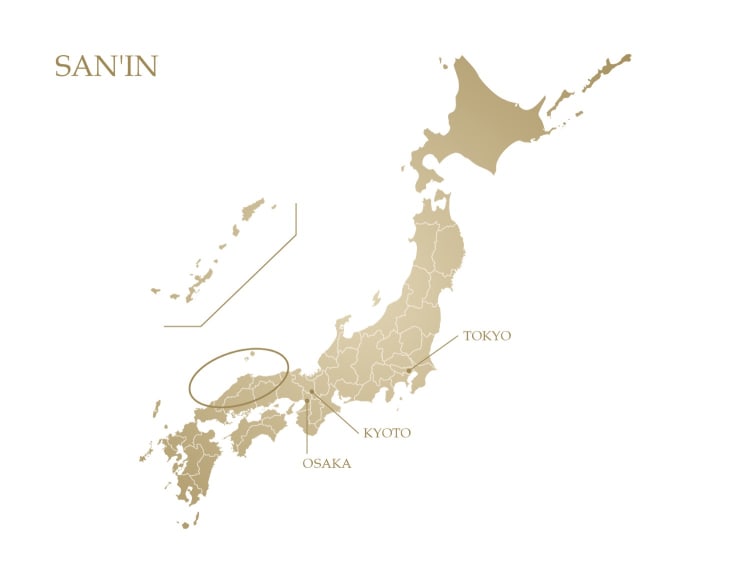
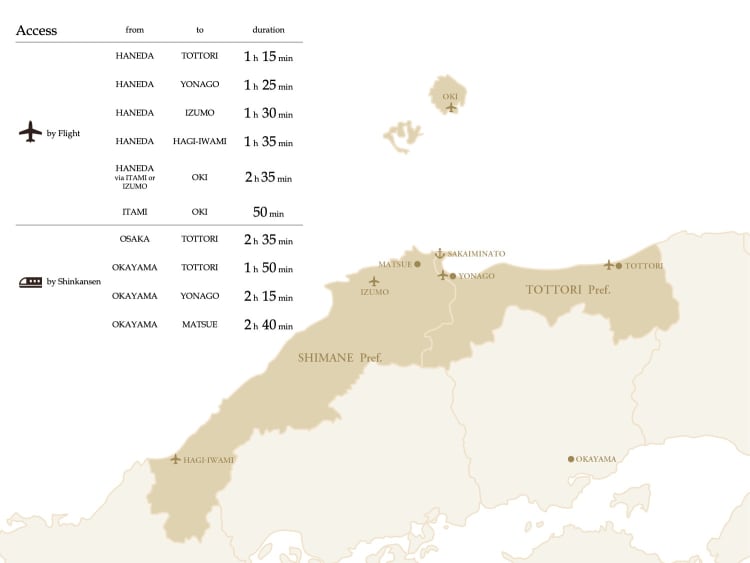
Where Art Meets Nature: Immersive Experiences in this Cultural Heartland
One highlight of the region is Tottori’s revered Mt. Daisen, also known as the “Mt. Fuji of the West” owing to its appearance. For travelers seeking a deeper connection to nature, a trek through the mountain’s beech forests offers a chance to purify oneself in the wild, surrounded by the timeless beauty of the natural world. With scenic hiking trails, serene vistas, and a rich cultural heritage, this sacred mountain presents a blend of physical challenge and spiritual rejuvenation.
For those looking for an immersive, adventurous experience, consider climbing the 900 meter-high Mt. Mitoku to explore the famous Nageire-do Hall. Often referred to as one of Japan’s most dangerous national treasures, this centuries-old temple is perched precariously on the side of a cliff and is a place of profound spiritual significance. Visitors can embark on a half-day Shugendo experience, delving fully into mountain ascetic practices that have been passed down for generations.
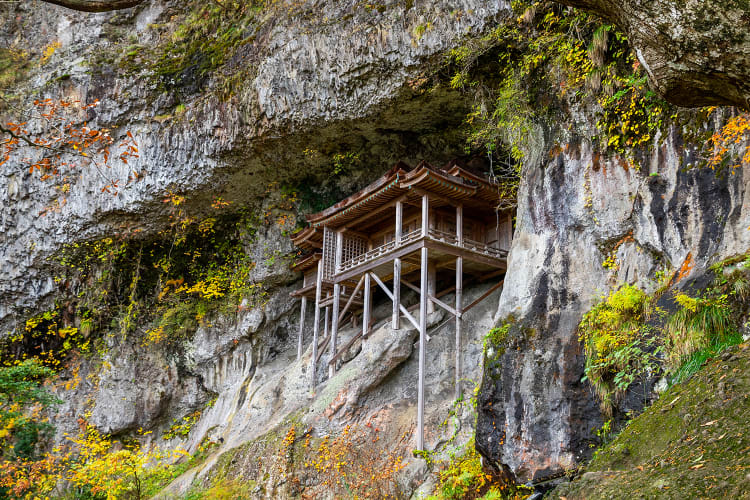
Nageire-do Hall, at Mt. Mitoku’s Sanbutsuji Temple ©Tottori Pref
Additionally, the San’in region is home to a rich tradition of craftsmanship rooted in the Mingei movement, which began in the mid-1920s. Mingei, meaning “folk craft” or “common art,” celebrates the beauty found in everyday necessities. The area's numerous ateliers are dedicated to preserving this legacy while pushing the boundaries of craft to new heights, offering travelers a chance to experience Japan's connection to ceramic artistry.
One such destination is Shimane’s Shussai Kiln, which was established in 1947. The venue offers a collection of finely crafted tableware and decorative pieces, blending traditional Japanese techniques with modern design. Guided by the Mingei movement, the kiln creates everyday items such as plates, bowls, and sake utensils, each piece meticulously made to enhance the art of living. Shussai Kiln has earned numerous prestigious awards, including recognition from the Japan Folk Craft Association, and the workshop is open year-round (except Tuesdays and over the New Year’s holiday period), offering visitors a chance to observe the pottery-making process.
Traditional Retreats: Luxurious Stays Inspired by Nature
The San’in region offers a range of luxurious accommodations that blend traditional Japanese aesthetics with modern comforts, ensuring serene retreats immersed in the region's natural beauty and spiritual atmosphere.
Kararako offers a unique stay in Izumo, a land deeply tied to Japanese mythology. The name Kararako literally means “welcoming gods," and the venue extends this warm hospitality to its guests. Located along the approach to Izumo Taisha, the hotel blends natural materials with artistic touches, creating a serene and refined atmosphere.
One highlight of Kararako is its elegant dining, guided by the expertise of Higashiyama Yoshihisa, a Michelin-starred restaurant in Kyoto. The seasonal cuisine celebrates the flavors of Izumo and the wider Shimane region, offering an authentic taste of local tradition.
Designed with care and craftsmanship, Kararako embodies the spirit of Izumo, where myths and culture intertwine. From its thoughtful design to its exceptional cuisine, the hotel invites guests to experience the beauty and history of this sacred land.
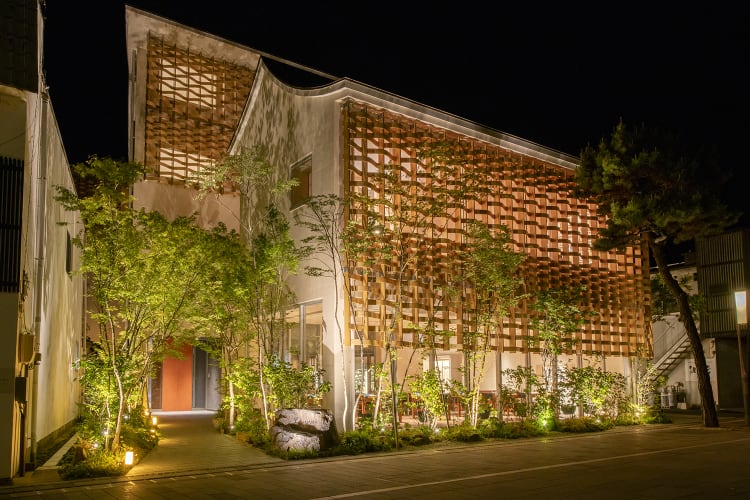
The exterior of Kararako
In Tottori, Shiontei, a hot spring inn in Kaike Onsen, offers a personalized experience for guests aged 13 and above. The inn emphasizes exceptional hospitality, anticipating every guest's needs, while also focusing on exquisite cuisine. Drawing inspiration from nature and the changing seasons, the meals feature the finest local ingredients from both land and sea. Expert chefs craft dishes using freshly harvested organic vegetables, locally sourced seafood, premium wagyu beef, and select delicacies like caviar and truffles, weaving together regional flavors with creative finesse.
The inn features 10 luxurious rooms, including two spacious 150-square-meter suites, each with an open-air bath or semi-open-air bath with views of the surrounding garden. The twin rooms, measuring approximately 100 square meters, also offer a semi-open-air bath, providing an elegant retreat for guests to unwind. The highlight of the experience is the private 80-square-meter spa lounge, which includes both indoor and outdoor baths, and offers a selection of champagne and Daisen mineral water for guests to enjoy while they relax.
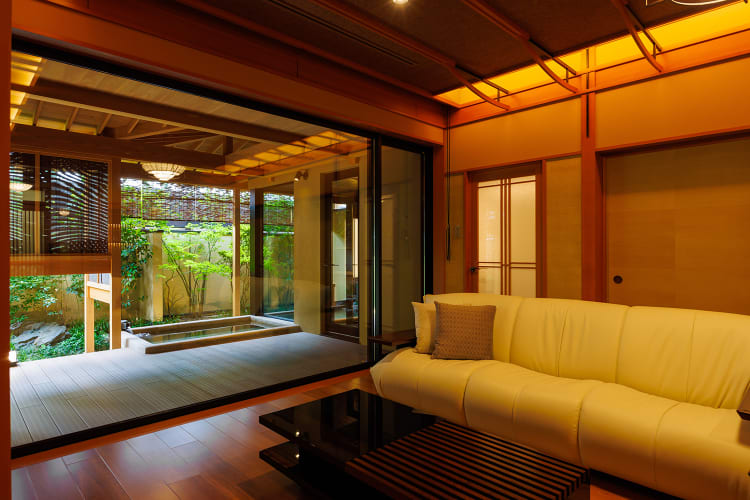
Shiontei
Local Specialties: Crafted by Land and Legacy
San’in’s local specialties are a direct reflection of the connection to both nature and cultural heritage, offering travelers high-quality products born from the land's abundant resources.
One such specialty is the traditional Yanagiba kitchen knife, which uses tamahagane (a special type of steel) forged using the ancient Tatara method of iron-making with origins in Shimane. This technique uses iron sand and charcoal, and has been practiced in the region for centuries—it is one of the few places in the world where this method is still carried out. The Yanagiba knife is known for precision and quality, representing the harmony between craftsmanship and nature.

The process of making a Yanagiba knife
Another regional specialty is sake, and Tottori’s Chiyomusubi Sake Brewery is a celebrated local producer. Founded in 1865, the brewery continues to craft exceptional sake using the finest local rice, spring water from the Chugoku Mountains, and traditional brewing techniques. As one of Japan's most awarded sake makers, Chiyomusubi has expanded its reach globally, exporting its refined offerings to other regions in Asia, America, and Europe. For travelers seeking an authentic taste of Japan, Chiyomusubi offers an immersive experience that goes beyond just sipping premium sake. The brewery’s newly opened sake bar invites guests to enjoy its brews in a beautifully designed space, crafted with Tottori cedar and recycled materials.
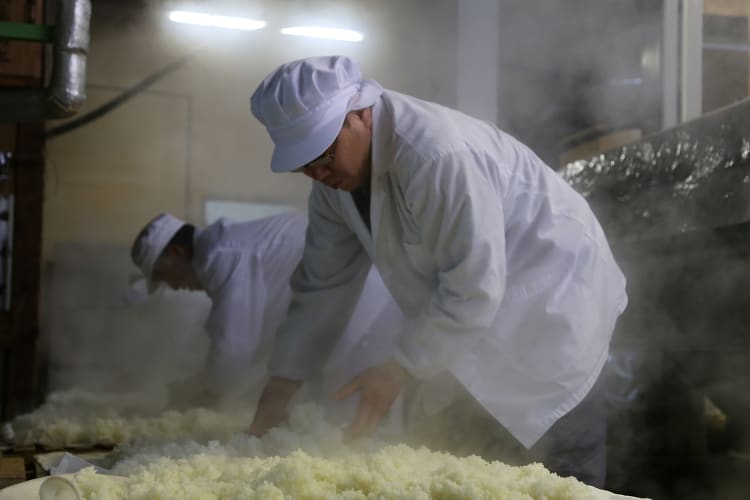
Chiyomusubi Sake Brewery

